Still waters run deep – a lesson in single malt whisky
let’s begin
What’s your favourite tipple? Are you more of a wine quaffer or beer swiller? Of course, the discerning connoisseur may well turn his refined nose up at both, and instead sing the praises of the daddy of all ‘proper’ drinks: single malt whisky.
What’s your favourite tipple? Are you more of a wine quaffer or beer swiller? Of course, the discerning connoisseur may well turn his refined nose up at both, and instead sing the praises of the daddy of all ‘proper’ drinks: single malt whisky.
Scotch, Bourbon and Single Malt
The whisky landscape is rich and diverse, in history and culture as much as in flavour. There’s Scotch Whisky (from Scotland) and there’s American Bourbon – whiskey (note the extra ‘e’) that’s typically made in Kentucky or Tennessee. Interestingly, whiskey is also produced in Canada, Ireland, even Japan and other countries, but let’s not get distracted.
All whisky is produced from cereal that has been fermented, distilled in a ‘still’ and aged in casks. In the US, Bourbon tends to be made from corn but rye is also used. In the case of malt whisky, barley is the cereal used.
The distinguishing feature of single malt whisky is that it comes from one distillery, must be aged for at least 3 years in oak casks and bottled with at least 40% alcohol volume.
Blended Scotch whiskies, on the other hand, are produced from a mixture of single malts and other grain whiskies from more than one distillery – there are more than 100 licenced distilleries in Scotland.
The blending process is designed to achieve a more consistently rounded flavour. These whiskies make up more than 90% of global Scotch whisky sales. You will no doubt have heard of major brands such as Famous Grouse, Johnnie Walker, Grant’s, Bells and Ballantine’s.
Many ‘true’ whisky enthusiasts will argue that the blending process results in the creation of bland, predictable flavours. Single malt whiskies, by contrast, have much bigger personalities.
Depending on the individual distillery’s approach to production, it is possible to achieve huge variations in aroma, flavour and overall appeal.
Is age the best indicator of quality?
Single malt whiskies have an age statement on the bottle. This is to show how long the whisky has spent maturing in the barrel. The far too simplistic assumption is that the older the whisky, the ‘better’ the flavour – and the higher the price of the bottle.
However, whether the bottle says 10 years, 12 years, 15 years or more, age is not the only indicator of quality. An older single malt won’t somehow be better just on account of its age.
And here’s another common myth busted: Whisky doesn’t mature further once it’s been bottled.
Contrary to what some people think, if you buy a 12-year-old bottle and keep it for 8 years in the drinks cabinet at home, it won’t suddenly have turned into a 20-year-old whisky!
If you’re a single malt beginner, aim for a 10-15 year-old whisky, which should provide ample complexity for your taste buds.
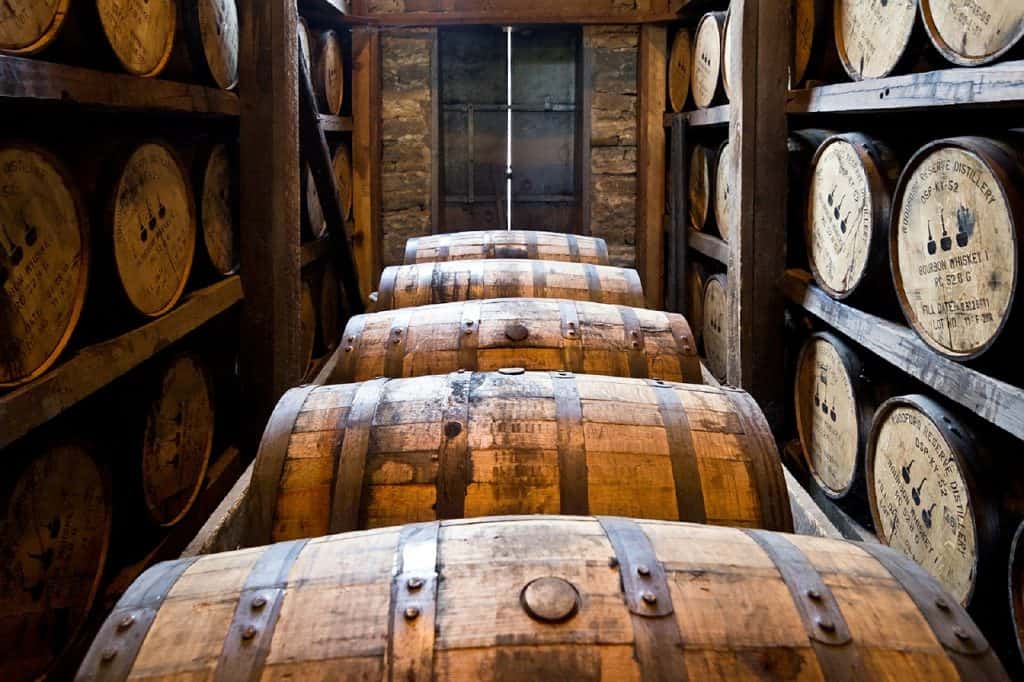
Where in Scotland?
Similarly to wine production, the Scottish single malt whiskies are grouped by region, the main ones being:
The Highlands are the largest whisky producing region. Single malts from the North Highlands tend to be lighter in body with a spicy character and dry finish. Those produced by distilleries on the coast have a hint of saltiness. South Highland single malts are sweeter and lighter.
Glenmorangie, for instance, has a rich and warm profile with hints of chocolate, fudge and spiced fruit.
Distilleries in the Lowlands use unpeated malt in the production process. The result are single malt whiskies that have a mellow fruitiness and are lighter in colour, with a dry finish. One of the best know lowland single malts is Auchentoshan.
More than half of Scottish distilleries are located in Speyside, the heart of the whisky world.
Speyside single malts are some of the sweetest, though some have a peaty characters and perhaps a whiff of smokiness about them. Glenfiddich, for instance, has a light profile with nuts, fruits and grassy notes coming through, while Glenlivet has a more delicate floral aroma with light wood and sweet grains.
Scotland’s whisky producing Islands are Skye, Mull, Jura, Arran, Orkney and Lewis. Island single malts are soft, sweet and peaty in character and have a coastal feel. If you try nothing else, give Talisker a go. Made by the only distillery on the island of Skye, its unmistakable profile has ginger, heat and smoke with a long finish.
There are no less than eight distilleries on Islay, which is particularly known for producing heavily peated whiskies – these are the strongest of all single malts. Take Lagavulin and Laphroaig, for instance; they’re an acquired taste full of smouldering smoky flavour, with a hint of salt and seaweed.
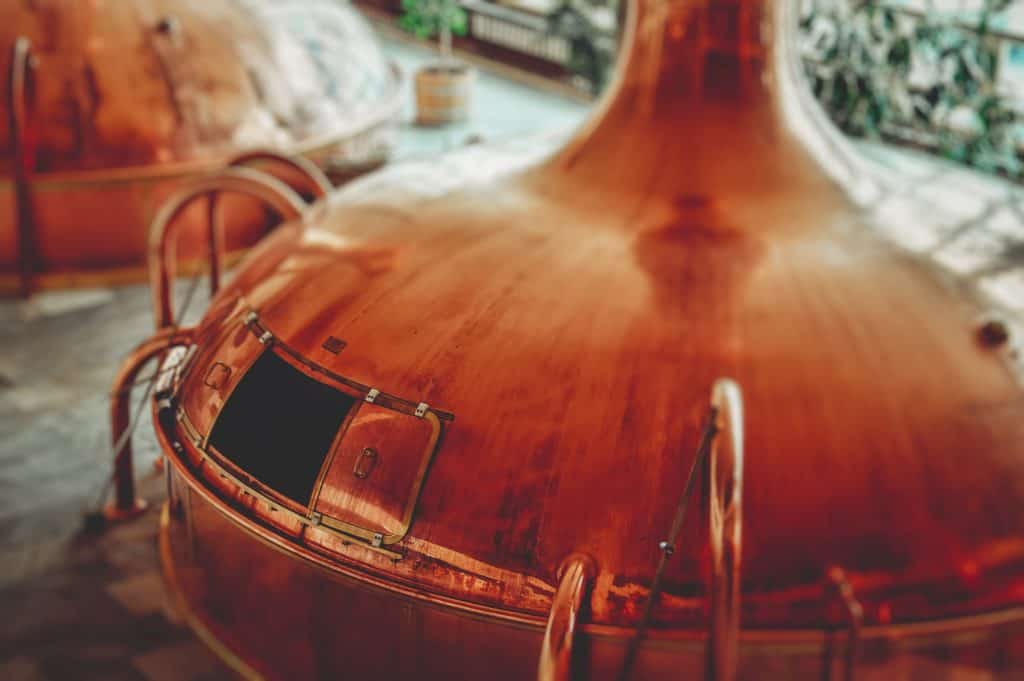
Is there a ‘right’ way to drink whisky?
There’s a long standing debate raging around the correct way to take your ‘wee dram’. Should you enjoy your single malt neat, with water or ice? The important thing to bear in mind is that a fine single malt demands appreciation.
Before you take your first sip, take a hearty whiff so that your nose can discover the whisky aromatics. Then take a sip, holding the liquid in your mouth for a couple of seconds and rolling it over your tongue before swallowing.
Experts agree that the first time you drink any whisky, it should be tasted neat. But after that, it’s entirely up to your personal preference. Adding a little bit of water can be a good idea for the higher strength whiskies since a few drops of water will open up the aromas and soften the flavour. Ice cubes, by contrast will chill the drink and dull both the aroma and flavour a little – but still taste delicious.



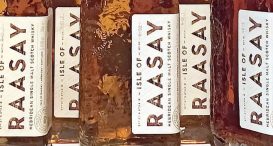







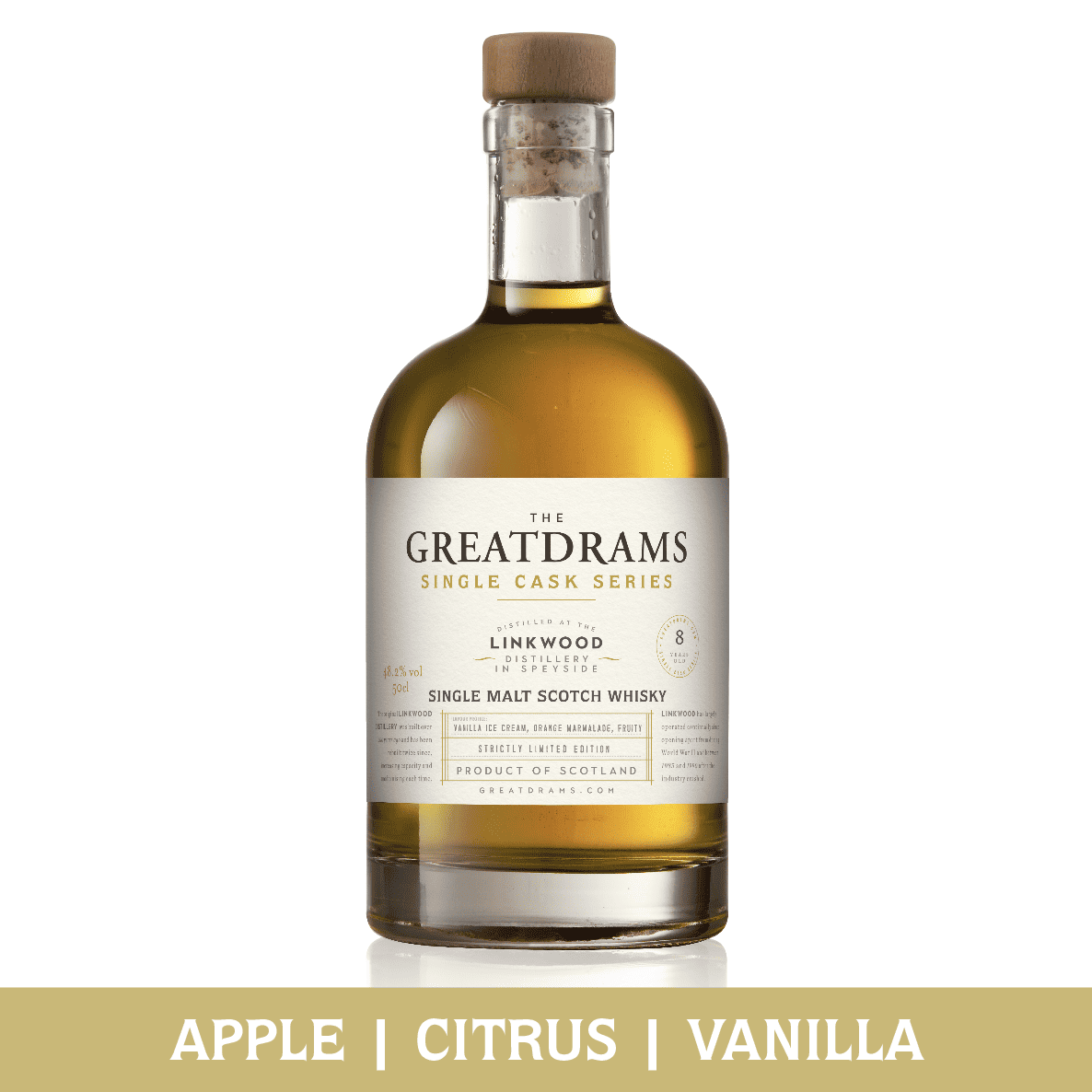
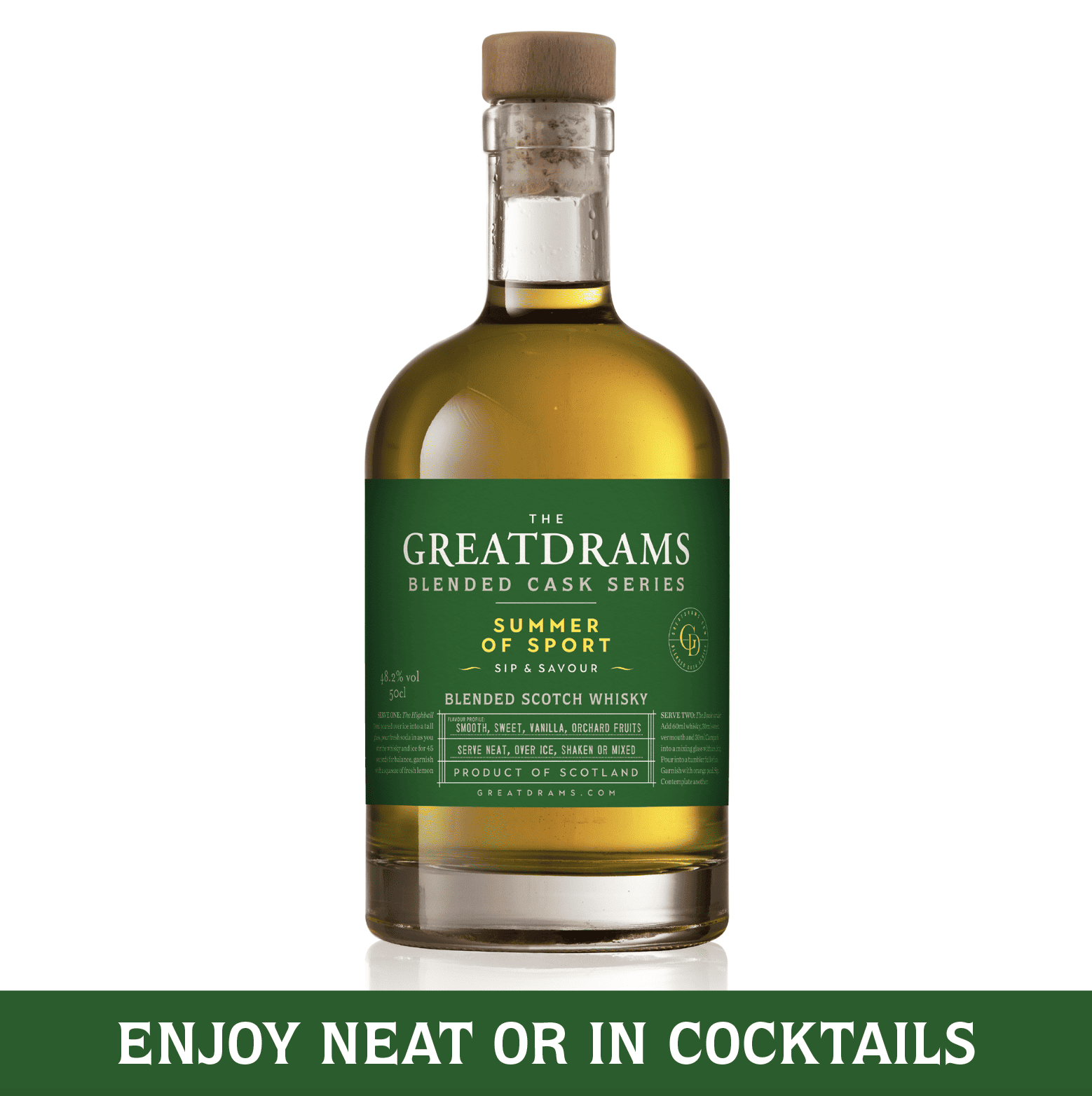
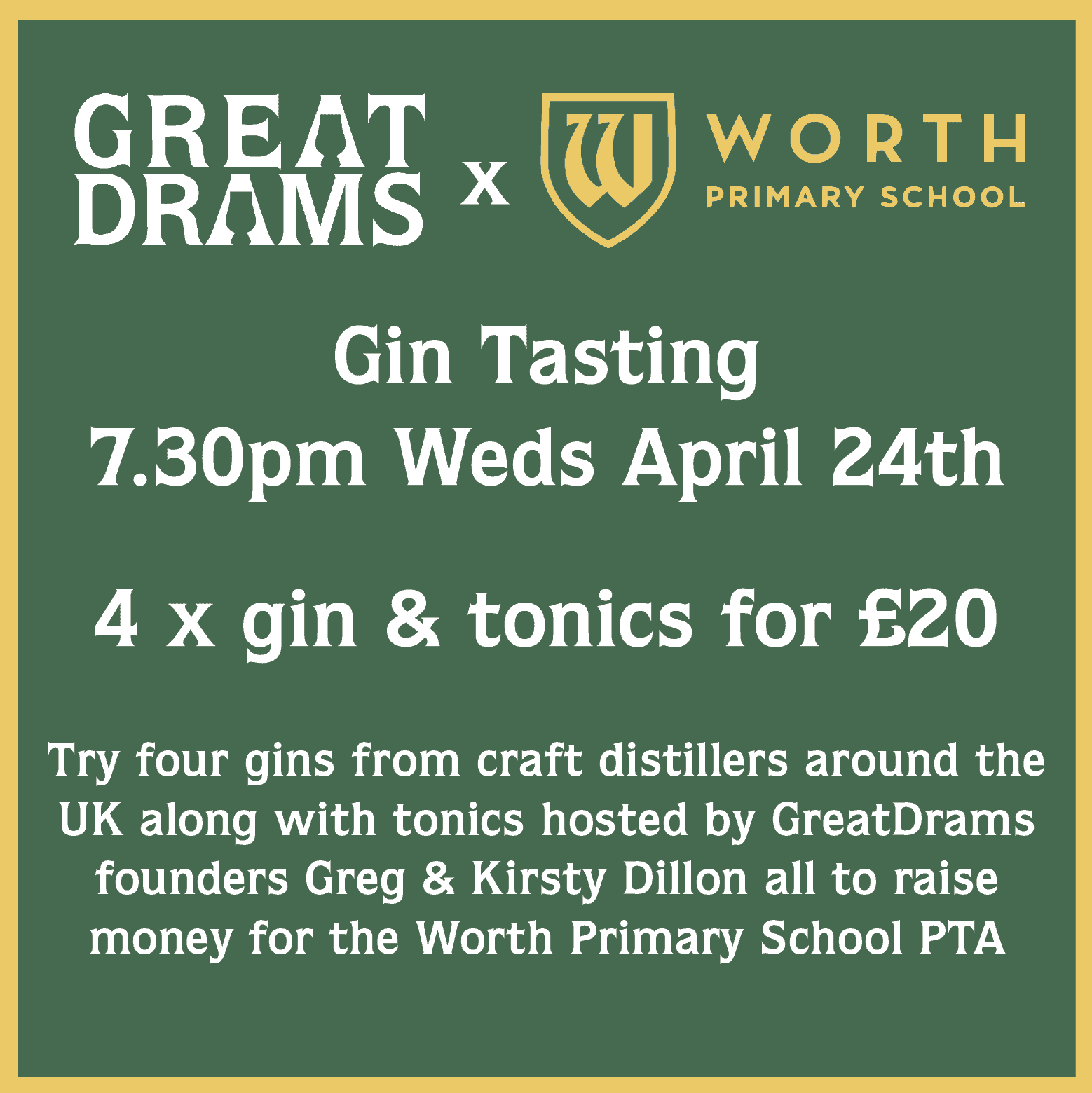

1 thought on “Still waters run deep – a lesson in single malt whisky”